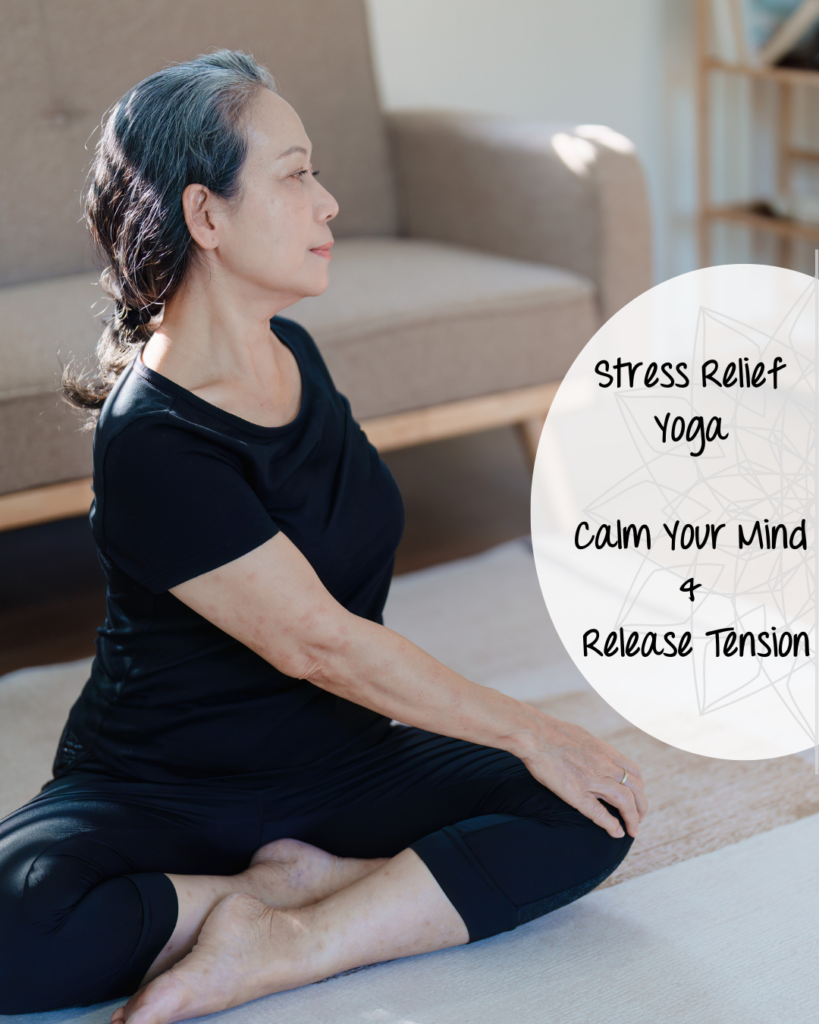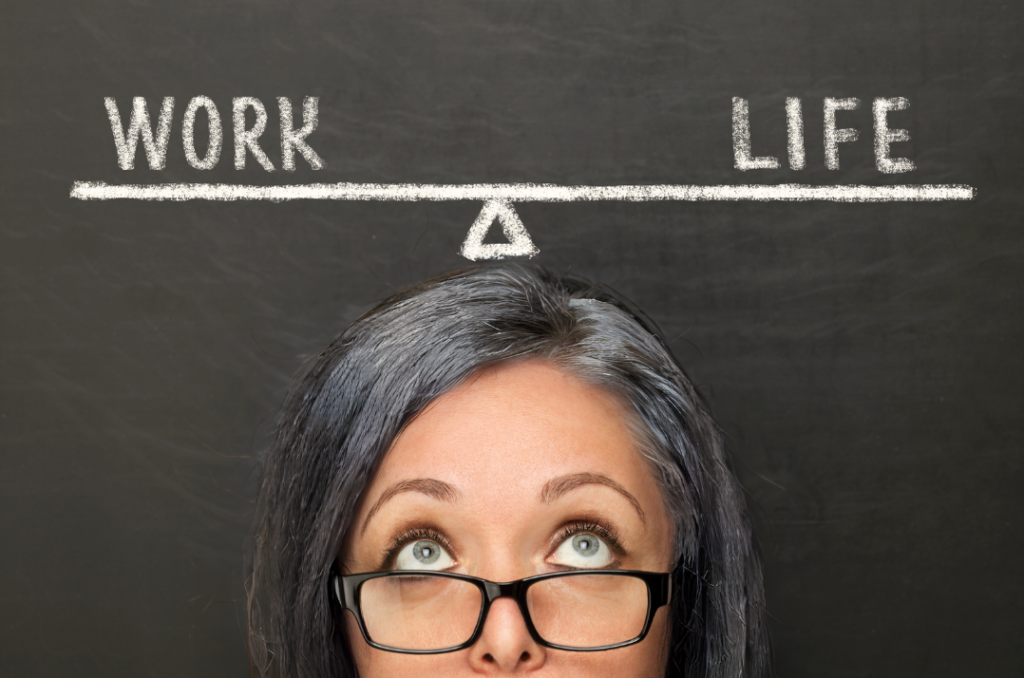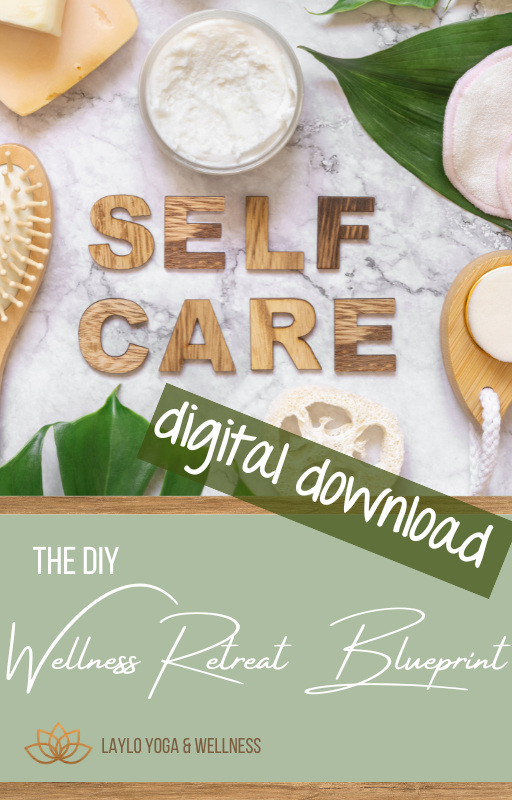
The Vital Role of Sleep in Wellness and Aging
Sleep is more than a nightly pause in the day’s activities; it’s a cornerstone of health and wellness.
Yet, for many women in the prime of their careers, families, and personal growth journeys, quality rest often takes a backseat. This oversight has significant consequences.
Understanding why quality rest matters and how to improve it can transform not just nights but every waking moment.
Unlocking the Secrets of Rest and Aging
Sleep serves as the body’s repair mode, crucial for physical health, cognitive function, and emotional balance. According to the National Sleep Foundation, adults need 7-9 hours of sleep each night, yet many women fall short. A study published in Sleep Health found that 35% of adults report getting less than seven hours of rest nightly. For women over 40, hormonal changes like those in perimenopause and menopause can exacerbate sleep challenges, including insomnia and fragmented rest.
The consequences of poor rest habits increase as we age. Lack of restorative sleep can accelerate the aging process by impairing skin elasticity, weakening the immune system, and exacerbating memory issues. Studies show that sleep-deprived individuals are at a 33% higher risk of cardiovascular disease, and chronic sleep deprivation has been linked to obesity, diabetes, and even Alzheimer’s disease.
Eye-Opening Statistics on Sleep Challenges in Midlife
- Up to 61% of women report experiencing sleep problems during menopause (Journal of Women’s Health).
- Women are twice as likely as men to suffer from insomnia (National Institutes of Health).
- Poor rest quality has been linked to a 20% higher likelihood of developing depression in midlife women (Sleep Medicine Reviews).
These statistics underscore the need to prioritize sleep as a foundational pillar of wellness.
The Detrimental Effects of Insufficient Rest
Failing to get enough sleep impacts nearly every aspect of life.
Physically, it’s linked to increased inflammation, reduced muscle recovery, and chronic fatigue.
Mentally, sleep deprivation impairs focus, decision-making, and memory—a significant issue for women balancing demanding careers and family responsibilities.
Emotionally, poor rest heightens stress levels and reduces resilience to life’s challenges.

Chronic sleep deprivation is also linked to long-term health risks. For example, a study in Nature Communications found that individuals who rest less than six hours per night have a 20% increased risk of developing heart disease. Lack of sufficient rest also affects metabolism, making it harder to maintain a healthy weight. For those pursuing personal transformation and wellness, insufficient sleep can become a significant barrier to achieving their goals.
Why Sleep Becomes More Challenging with Age
As women age, physiological and hormonal shifts affect sleep quality. Declining levels of estrogen and progesterone during perimenopause and menopause play a significant role. These hormones regulate sleep cycles and body temperature, so their decrease often leads to night sweats, hot flashes, and sleep disruptions. Stress and anxiety, common among women balancing work and caregiving roles, further compound the issue.
Poor sleep also feeds into a vicious cycle: lack of sufficient rest increases stress hormones like cortisol, making it even harder to fall and stay asleep. Additionally, aging affects the body’s internal clock, or circadian rhythm, causing many people to feel tired earlier in the evening but also wake earlier in the morning.
Strategies for Better Sleep
Improving sleep is essential for overall wellness. Here are four strategies to help:
- Create a Restful Sanctuary Your bedroom should encourage relaxation. Invest in comfortable bedding, blackout curtains, and a white noise machine if necessary. Keep the room cool, as a temperature between 60-67°F is optimal for deep slumber.
- Establish a Consistent Routine Go to bed and wake up at the same time daily, even on weekends. A consistent sleep schedule helps regulate your body’s internal clock. Incorporate calming activities like reading, gentle yoga, or meditation before bed to signal your body that it’s time to wind down.
- Limit Stimulants and Electronics Avoid caffeine and alcohol close to bedtime, as they can disrupt your circadian cycle. Similarly, limit screen time in the hour before bed. The blue light emitted by phones and tablets can interfere with the production of melatonin, the hormone that regulates sleep.
- Practice Stress Management Since stress is a common culprit for poor rest, prioritize relaxation techniques. Deep breathing exercises, yoga Nidra, or guided meditations can help quiet a racing mind and prepare the body for a restful night.
- Use Tech Wisely Various apps on the market help promote falling asleep and staying asleep. Calm, Rain Rain, and others are designed specifically to help ease you into a restful night. Listening quietly to audiobooks on Audible, Chirp, or even your local library through Libby are great way to help you fall asleep or fall back into a deep slumber should you wake up. Just be sure to listen to books you already know so you don’t get hooked into the story and stay up all night!
The Wellness-Sleep Connection
Quality rest isn’t a luxury; it’s a necessity for physical vitality, mental clarity, and emotional balance. By prioritizing sleep, you set the stage for better health, more energy, and greater resilience. Incorporating small changes can yield significant results, helping you wake up refreshed and ready to take on each day’s opportunities.
Making quality slumber a priority aligns with the broader pursuit of wellness. It’s about more than just avoiding the negative impacts of insufficient rest; it’s about unlocking the full potential of a vibrant, fulfilling life. Rest well and thrive.

Isn’t it time to leave burnout behind and lead a life that makes YOU a priority? Consider rebooting your mind and body with one of our wellness retreats! Designed specifically to immerse you in an environment that takes you out of your daily grind, you will be able to focus on crafting your life in a way that honors your family and career while carving out time to pursue interests that excite you so you can feel balanced, fulfilled, and calm. Get on the info list so you know what is happening, when, and where!
P.S. Let’s get to know each other better!! Follow us on Instagram, Facebook, YouTube, LinkedIn, and Pinterest, and join the LAYLO Shala to get the latest news and insider goodies 😍




















